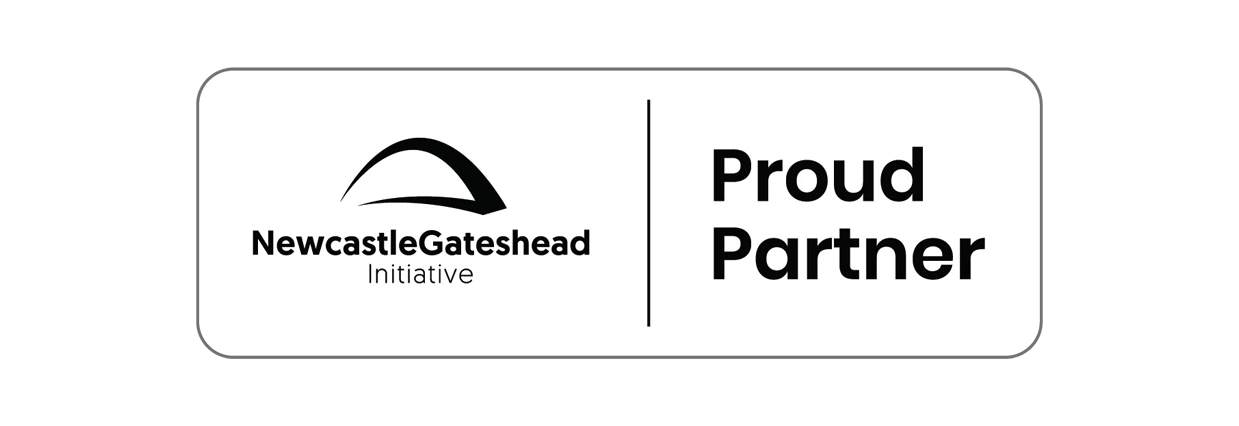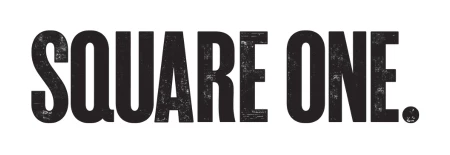Partner Article
Financial mission impossible?
How can the financial sector engage better with individual customers while saving money at the same time?
Delivering an improved customer experience. Reducing costs. Listen to some people and one could be forgiven for believing that the two are mutually exclusive. Fail to cut costs and the business is undermined. But fail to deliver great customer service, buyers will go elsewhere and there’s no business left. So which to choose?
Let’s see how we got to this point: In the beginning there was the big corporation. Size meant power, influence and safety, and individual customers were aware of their seemingly insignificant place in the corporate machine.
A business with a billion customers meant that an individual customer’s opinion was about as important as a grain of sand in the composition of a beach, and some businesses treated customers accordingly.
In fairness, how was the big corporation to engage with an individual customer? Impossible. And while an individual request or letter of complaint was sometimes going to receive attention, most were not. There was simply insufficient time and resource to dedicate to dealing with billions of people one-at-a-time.
The efficiency of the big organisation came from its ability to herd customers into following its own systems – to fit in without causing problems, time and expense.
One of the industries with the biggest headache was the financial services sector; their very success selling and processing millions of loan applications presented a nightmare if even a small percentage of those customers started jamming switchboards by innocently requesting application progress updates. Holding in a queue while beleaguered members of staff hunted for information was inevitable – to the frustration of the customer and at huge cost to the business.
But as customers, what choice was there? Write a letter? Be sensible! And I’m certainly not suggesting that the big organisations were complacent here – what alternative did they realistically have?
Catalyst for Change
Reducing costs and increasing efficiency somehow had to be married to the objectives of retaining customers and winning new ones, in a competitive environment. Grabbing more sales opportunities with the same or less resource demanded streamlining.
The catalyst for that change was triggered by the two drivers of the internet and Generation Y – a group which cared nothing for call-queues and letter writing but understood and took for granted the convenience of instant communications – with 24/7 Smartphone access from their sofa, desk, bed or holiday. It was dangerous to underestimate such customers and a waste of time to explain why their demands could not be met – they would simply migrate elsewhere.
Failing to appreciate the mindset of this new generation of customers and to grab new technology created to meet their service demands was a massive threat to the big corporations.In fairness, some of the UK banks were the first to lead the way, spotting the opportunity behind the threat, innovating and working with partners such as Vodafone Global Enterprise.
But some businesses failed to adapt and stuck with their turgid and unresponsive legacy systems. They were quickly punished. Because, for the first time, customers had at their disposal the ability to scale up their importance and magnify their influence by engagement with others.
Crime and Punishment
Social media makes customers powerful advocates if they like what a business does – but formidable enemies if they are unhappy with the service they receive. People are still talking about the incident in 2009 when a United Airlines traveller saw his guitar damaged by luggage handlers, and found his protest ignored by customer service staff. Before social media his complaint would have counted for nothing – the tiny voice of that grain of sand.
The mistake United Airlines made was to ignore the opportunity to secure the customer as an advocate by improving his experience. UA saw him as a lone-voiced, insignificant; but he was certainly not a lone voice for long. His YouTube video went viral and he was soon joined by eleven million supporters attacking United Airlines’ poor customer service.
UA’s failure to understand customer relationships cost its shareholders a reported $180 million and wiped 10 per cent off the stock value.
Build – or destroy
Some marketers say that everything a firm does involving its customer interaction is either a relationship builder or a relationship destroyer. Bad news travels fast. Failing to embrace business simplification tools for process management and customer service can orchestrate a PR nightmare.
When Netflix announced a new pricing structure, some customers spotted that bills could rise by as much as 60 per cent. Before Generation Y, customers would have been left muttering to themselves in isolated frustration. But within six hours of the announcement Facebook was buzzing with more than 9,000 comments. By the time Netflix woke up to the significance of the protest a remarkable 805,000 customers had cancelled their subscriptions.
Generation Y’s use of social media to combine forces to engage, organise, communicate and raise awareness is even credited with bringing about the resignation of Palestinian Prime Minister Fayyad during the Arab Spring protests!
The dream ticket
But it’s not all bad news. Creating a personalised customer experience while reducing costs due to efficiencies is achievable. Ask the people who have done it. Pioneers such as Santander, Nationwide Building Society, Barclaycard and RBS have rolled-out agile connected communications to deliver a great online experience by providing a consistent real-time multi channel service to a population that is plugged in 24 hours a day, 7 days a week.
Building customer trust through SMS updates, allowing customers to keep on top of their finances or to initiate a transaction through one channel, pause and resume through another without duplication are some of the key values that this generation of customers expect – and that some already receive!
At the same time financial services firms have streamlined, adding simplification and transparency whilst reducing operating costs. Some are reporting customer chase calls down by 65 per cent and complaints down by 90 per cent.
Never before has the service delivery of big corporations been so polarised – unlocking enormous potential for adopters… while simultaneously exposing the risk of dinosaur-like extinction for the complacent.
This was posted in Bdaily's Members' News section by Martin Scovell .
Enjoy the read? Get Bdaily delivered.
Sign up to receive our popular morning National email for free.








 Procurement can boost mayor’s housing vision
Procurement can boost mayor’s housing vision
 Setting a new standard in tackling city crime
Setting a new standard in tackling city crime
 Why B Corp must be more than window-dressing
Why B Corp must be more than window-dressing
 Why collaboration is key to a stronger economy
Why collaboration is key to a stronger economy
 Crisis comms lessons from the Astronomer Scandal
Crisis comms lessons from the Astronomer Scandal
 The real cost of tendering for construction SMEs
The real cost of tendering for construction SMEs
 A welcome step forward – but let’s keep pushing
A welcome step forward – but let’s keep pushing
 Industrial strategy 'can drive business forward'
Industrial strategy 'can drive business forward'
 Industrial strategy 'can be game-changer we need'
Industrial strategy 'can be game-changer we need'
 Driving skills forward with near £100,000 boost
Driving skills forward with near £100,000 boost
 What pension rule changes could mean for you
What pension rule changes could mean for you
 North East can't be an afterthought in AI future
North East can't be an afterthought in AI future